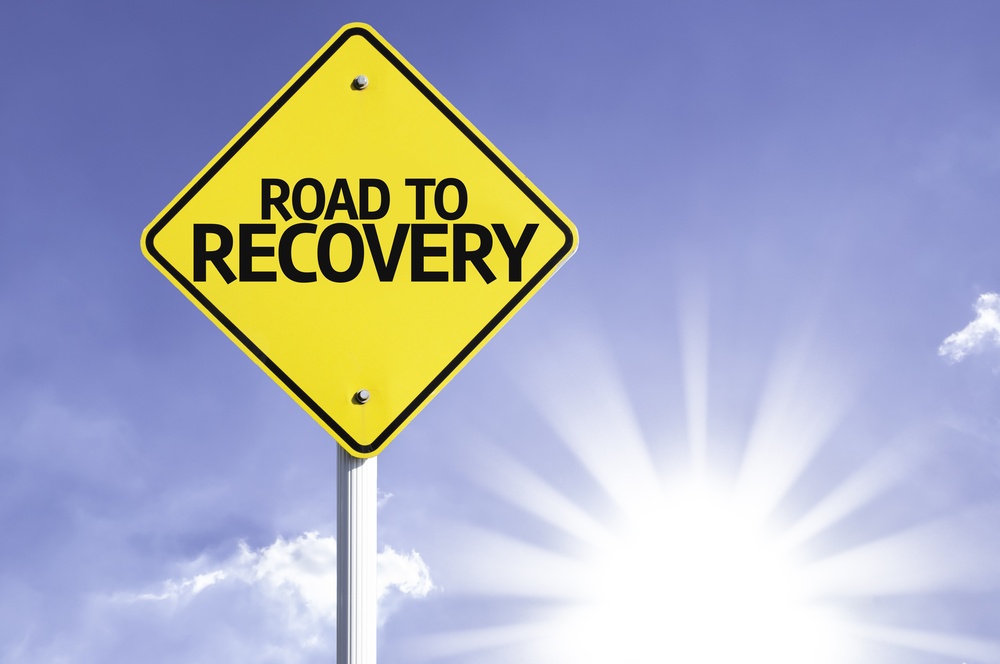By
Jeanette Coleman, SPHR & SHRM-SCP
on
Dec
05,
2018
3 min read
0 comment(s)

When at last the winds have subsided, the waters receded or the earth stopped shaking, your small business may just be starting its greatest fight for survival. According to a late 2017 Federal Reserve study, almost all small businesses struck by natural disasters lose revenue, and 64 percent also experience asset losses. The Federal Emergency Management Agency says between 25 percent of small businesses that experience disasters never reopen their doors. Even if the company is able to continue doing business, 52 percent of owners say it would take at least three months to recover.
That doesn’t have to be your company’s fate.
The best bet is to prepare before calamity strikes. You’ll still encounter post-event challenges, of course, but a comprehensive readiness plan positions your small business to quickly respond and recover, whether the disaster has been caused by nature or by human actions.
Walloped with a crisis situation, your company’s leaders will be responsible for implementing the recovery plan or, if no plan exists, figuring out how to react on the fly.
Here's how business owners and HR departments can prepare for disasters.
Your employees are your company’s most important asset, so the first order of business should be making sure they’re safe and cared for immediately after the event. If you’re in a disaster recovery situation, these seven steps will help you address the human resources issues that are paramount to your organization’s survival.
When there’s a catastrophe, people who sought shelter away from the danger zone may be widely scattered. Make sure your employees and their families are safe, and find out which employees are able to report for work.
Use every available channel to communicate with your workforce, customers and suppliers, including your website, social media, emails, texts and communication apps. If your area is without power, you can post signs at your worksite, and you may be able to establish a toll-free phone line that allows employees to advise you of their status and whereabouts and to get current information about the company’s recovery process.
After the safety of their families, employees’ greatest concern is likely to be finances, which affect their ability to secure housing, food, and other necessities. Company leaders will have to consider multiple issues around compensation, starting with whether they will be able to continue paying some or all employees during the recovery period.
If payment will continue, the company must figure out how to get paychecks to employees; whether employees who step in to cover for colleagues who can’t work should be paid overtime; and whether essential personnel should receive hazard pay. Employees who take time off will need to understand whether you plan to pay or not pay them, or whether they can take the time as accrued vacation, paid time off or sick time.
If the crisis prevents some employees from returning to work at all or requires that some employees must be temporarily or permanently laid off, the company must follow all laws that address unemployment compensation.
The emergency situation may dictate that the company implement alternative work schedules for some or all employees. Leaders will need to determine whether pay rates will be adjusted for employees who work reduced schedules.
If your usual worksite is not accessible, you may need to establish one or more alternative sites where you can continue conducting business. Consider locations employees may best be able to access using public transportation. Or, you may need to arrange for employees to work remotely. If so, implement a way for employees to capture the time they’re working off-site. Without such a mechanism, the company may run afoul of FLSA and wage and hour laws.
After a disaster, employees may need to use their medical insurance or access other benefits, such as withdrawing funds from their company-sponsored retirement plans for use repairing damaged property. Make the benefits information employees may need available through the primary communications channels you’ve established. If possible, designate a contact person employees can talk to if they aren’t able to access their benefits or get questions answered electronically.
Having lived through a disaster, your employees may be experiencing physical, mental and emotional trauma. If your company has an employee assistance program, make sure employees are aware of it and can easily arrange the services they may need.
Every organization is fundamentally about people, so making sure your employees are taken care of after a disaster should be your first priority. Besides being the right thing to do, this compassionate approach will foster long-lasting employee loyalty and will be the most powerful component in your company’s recovery from the crisis.
Let us know what you think...